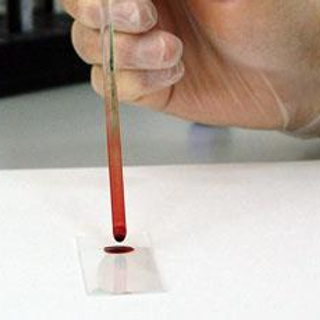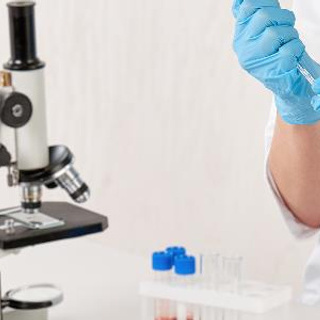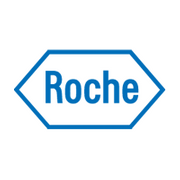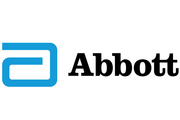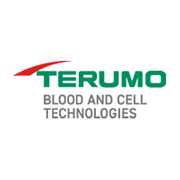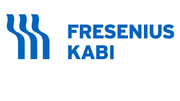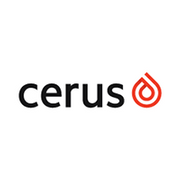Course 3. The use of cells and antibodies as reagents
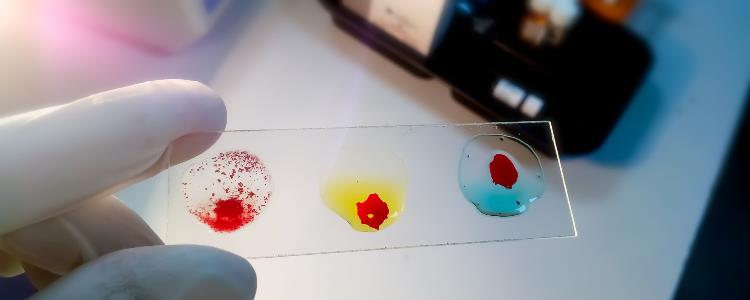
About the course
The detection of red cell antigen-antibody reactions in the laboratory is critical to safe blood banking and transfusion practice. In this course you will learn about the types and uses of reagent cells and anti-sera used in blood bank testing. Lessons about the preparation and testing of patient samples is followed by units on how to carry out and interpret agglutination tests. Practical examples include the interpretation of forward and reverse ABO group and D typing.
A basic understanding of antigen-antibody reactions will help you maximize your learning in this course. This foundation knowledge might be gained through practical experience, by pre-reading or by completion of earlier antigen-antibody courses in the ISBT eLearning series.
Course units
The course should require one to two hours to complete, and includes the units:
- Antigen-antibody reactions in the laboratory
- Qualitative and quantitative agglutination tests
- Neutralisation (agglutination inhibition) and gel precipitation (immunodiffusion) tests
Target group
This course provides education on antigen-antibody reactions at an introductory level for learners who are entering the field as laboratory technicians, scientists or clinicians and is on topics demonstrated to be of interest and importance in a range of countries.
Evaluation
Each learning unit concludes with a quiz. Each quiz question is linked to one or more learning outcomes for that unit. Quiz performance can be analysed to demonstrate which learning outcomes are being satisfactorily addressed by the educational material, or if revisions to learning content are required to support learning.
Course content source
The course content is based on the peer- reviewed publication Introduction to blood transfusion: from donor to recipient, which is available for free from the ISBT website.


